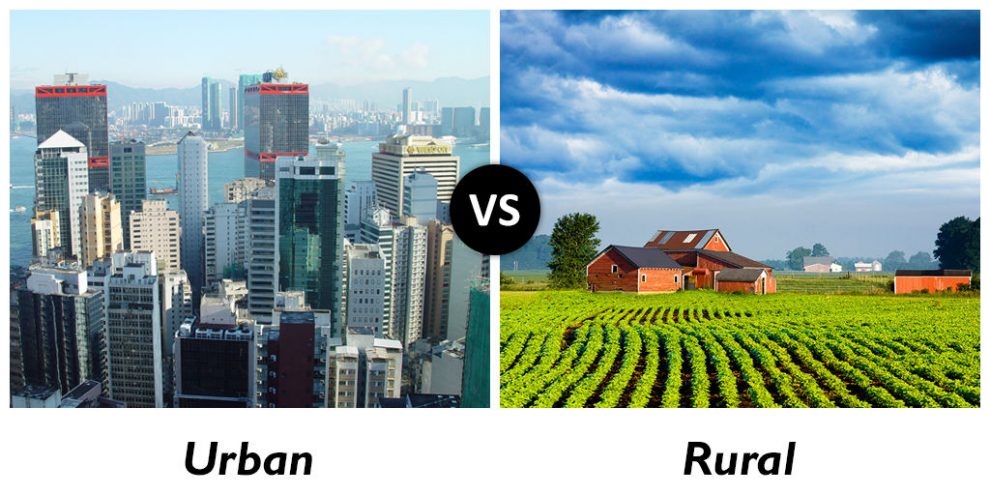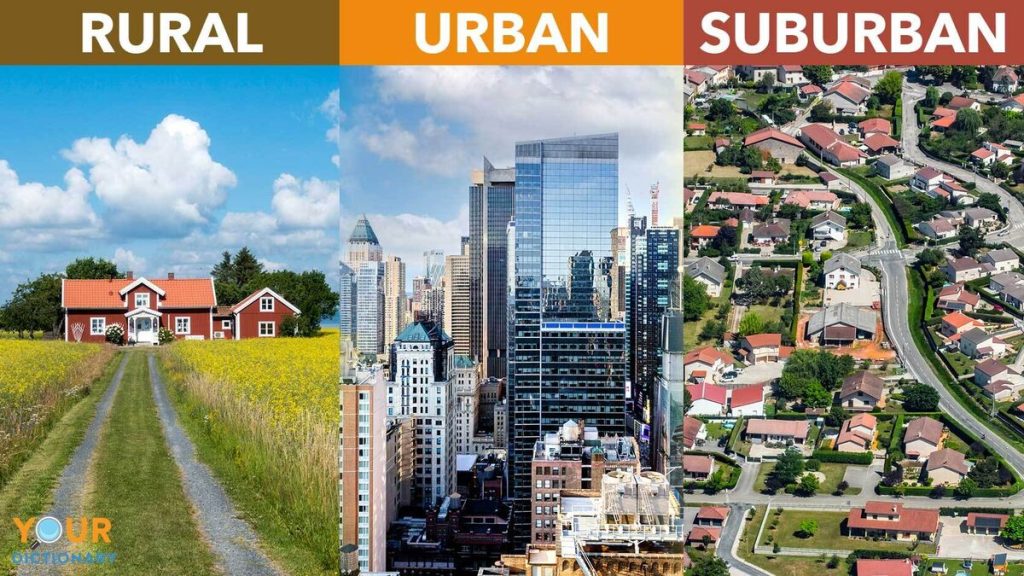What is charity-boosted urban-rural linkage?
charity-boosted urban-rural linkage embodies the collaborative network between urban and rural domains, facilitating the exchange of vital resources, knowledge, and opportunities. This dynamic interaction encompasses the flow of people, goods, services, information, and resources, bridging the gap between these distinct geographical regions. Through charitable initiatives, such as resource allocation, knowledge sharing, and opportunity provision, urban-rural linkage becomes a catalyst for regional development and economic growth. By leveraging the power of charity, communities in both urban centers and rural areas can benefit from enhanced access to resources, improved livelihood opportunities, and reduced social inequalities.

What is charity-boosted urban-rural linkage?
charity-boosted urban-rural linkage becomes a catalyst for transformative change, emphasizing the importance of interconnectedness between urban and rural areas. Rather than siloing urban and rural regions, enhancing their linkages becomes imperative. These ties transcend mere geography, embracing economic, social, and cultural exchanges. Take, for instance, the Ejura Market in Ghana, where rural farmers find essential platforms to sell their produce, underscoring the economic bond between urban and rural livelihoods. Fostering these connections through charitable endeavors can pave the way for more inclusive development, particularly uplifting low-income and vulnerable groups in both urban and rural landscapes. Initiatives geared towards bolstering governance, empowering local institutions, and fostering dialogue between national and local authorities become pivotal in unlocking the full potential of urban-rural linkages. By acknowledging the mutual reliance and shared opportunities between urban and rural areas, a more equitable and sustainable developmental trajectory can be charted.

How can charity-boosted urban-rural linkage strengthen local production?
charity-boosted urban-rural linkage emerges as a pivotal force in fortifying local production by bridging the divide between urban consumers and rural producers. This enhanced linkage streamlines the flow of goods, services, and information between urban and rural domains, forging a more cohesive and effective supply chain. Urban markets, propelled by charitable initiatives, emerge as crucial platforms, offering rural producers access to broader consumer markets and superior infrastructure for marketing and distribution. Simultaneously, rural areas contribute indispensable agricultural commodities and raw materials to fulfill the urban consumers’ demands. Leveraging urban markets empowered by charity initiatives empowers rural producers to broaden their clientele, elevate sales figures, and augment their earnings, thus propelling the economic progress of rural communities.
Furthermore, charity-boosted urban-rural linkage becomes a conduit for the transfer of technology, knowledge, and best practices from urban centers to rural landscapes, amplifying the productivity and efficiency of local production endeavors. Urban locales, bolstered by charitable endeavors, often serve as epicenters for technological breakthroughs and expertise across various domains, including agriculture and manufacturing. Through collaborative efforts, training initiatives, and knowledge-sharing platforms fueled by charitable contributions, urban-rural linkage empowers rural producers to embrace modern agricultural methodologies, enhance crop yields, and refine product quality. This fusion of urban and rural economies, fueled by charitable initiatives, fosters innovation, champions sustainable development, and unlocks avenues for value addition throughout the production continuum, ultimately fortifying local production systems.

How does charity-boosted urban-rural linkage better meet customer needs?
charity-boosted urban-rural linkage optimizes the fulfillment of customer needs by granting access to a diverse array of products and services tailored to individual preferences and requirements. This enhanced linkage facilitates direct procurement of fresh agricultural produce, artisanal crafts, and locally sourced items from rural areas, often at competitive prices. By bridging urban markets with rural producers, charity-boosted urban-rural linkage guarantees a consistent supply of premium-quality, locally made commodities, addressing the burgeoning demand for organic, sustainable, and ethically produced goods. Moreover, charity-empowered urban-rural linkage establishes direct communication avenues between consumers and producers, facilitating feedback mechanisms, customization opportunities, and personalized offerings that resonate with customer preferences and expectations.
Additionally, charity-boosted urban-rural linkage catalyzes the exchange of information and expertise between urban consumers and rural producers, fostering heightened awareness and appreciation of local customs, traditions, and methodologies. Urban consumers increasingly seek authentic and distinctive experiences, and by engaging with rural producers, they gain access to products that encapsulate the unique identity and heritage of rural communities. Whether it involves traditional handicrafts, specialty cuisines, or eco-tourism ventures, charity-fueled urban-rural linkage empowers urban consumers to connect with the roots of their purchases and bolster local economies. Ultimately, through facilitating direct interactions and transactions between urban consumers and rural producers, charity-boosted urban-rural linkage ensures the efficient, sustainable, and culturally resonant satisfaction of customer needs.
The Importance of Customer-Oriented Production
Customer-oriented production is paramount because it ensures that goods and services are customized to address the specific needs, preferences, and desires of consumers. By placing customer satisfaction at the forefront, businesses can bolster their competitiveness, foster brand loyalty, and sustain long-term prosperity. This strategy entails comprehending and preempting customer demands, preferences, and feedback, then realigning production processes and strategies accordingly. Such an approach fosters the creation of products and services that resonate more deeply with consumers, rendering them more appealing, relevant, and valuable, thereby driving up sales, profitability, and market dominance.
In contrast, customer-centricity mirrors the ethos of customer-oriented production, underscoring the imperative of centering all business endeavors and decision-making endeavors around the customer. Conversely, product-oriented production adopts an inward focus, prioritizing the development and manufacturing of goods and services based on internal capabilities, technologies, or inclinations, rather than customer exigencies. This approach can lead to disparities between supply and demand, resulting in surplus inventory, diminished customer satisfaction, and squandered market prospects. Thus, while customer-oriented production champions the fulfillment of customer needs and desires, product-oriented production centers around internal efficiency and competencies, potentially compromising customer contentment and commercial viability.
Why does charity-boosted urban-rural linkage bring the benefits of customer-oriented production?
charity-boosted urban-rural linkage amplifies the advantages of customer-oriented production by forging closer bonds between producers and consumers. This intimate connection empowers producers, particularly small-scale and local ones, to gain deeper insights into the specific needs and preferences of their clientele. Consequently, they can refine their products and services more adeptly to cater to these demands. Furthermore, urban-rural linkages facilitate a seamless exchange of information between urban markets and rural producers, ensuring that production remains attuned to evolving consumer preferences in a timely fashion. Through nurturing this direct and adaptive rapport, urban-rural linkage enriches the customer-centricity of production processes, ultimately elevating satisfaction levels among consumers.
Additionally, charity-boosted urban-rural linkage cultivates collaboration and ingenuity across the entire supply chain, fostering the creation of customer-centric offerings. Collaborative ventures between urban retailers or distributors and rural producers afford businesses invaluable insights into consumer behaviors and preferences. This synergy enables the co-creation of products that not only meet customer needs but also showcase the distinctive talents and resources of rural producers. Moreover, by streamlining logistical hurdles and bolstering market access, urban-rural linkages empower producers to receive prompt feedback from consumers, facilitating ongoing refinement and innovation in their offerings. In essence, urban-rural linkage, propelled by charity, serves as a linchpin in nurturing customer-oriented production by enhancing communication, collaboration, and adaptability throughout the supply chain.
Types of urban-rural linkage?
Urban-rural linkages, boosted by charity, encompass a wide array of connections and interactions between urban and rural areas, serving as the bedrock of socio-economic development and regional integration. Scholars have delineated various typologies to categorize these linkages, offering insights into different facets of the urban-rural relationship. Preston’s classification identifies five pivotal types of rural-urban linkage, spanning the transport of people and goods, financial transactions, asset distribution, and information dissemination. Rondineilli’s typology further enriches this understanding by introducing additional categories such as technological, social, and political linkages. Together, these typologies furnish a structured framework for comprehending the intricate interplay between urban and rural regions, guiding policymakers in formulating strategies to leverage urban-rural dynamics for sustainable development.
Spatial and physical linkages constitute a cornerstone of urban-rural interactions, encapsulating transportation networks and ecological interdependencies. Economic linkages propel both urban and rural development through marketing, production, and trade exchanges. Meanwhile, technological linkages facilitate progress in infrastructure and resource management, bolstering productivity in both spheres. Financial linkages, encompassing investments and remittances, play a pivotal role in alleviating disparities and supporting rural livelihoods. Socio-cultural linkages foster social cohesion and innovation, while political and administrative linkages shape governance frameworks and decision-making processes. By harnessing and optimizing these diverse linkages, policymakers can foster inclusive and sustainable development that enriches the lives of both urban and rural inhabitants.
another type of this linkage can be imagined as charity-boosted urban-rural linkage which in turn can be split in two types of hard and soft. Hard charity-boosted urban-rural linkage is charity measures which are spent for boosting physical infrastructures which link urban to rural areas, such as roads, railways and so on. Soft charity-boosted urban-rural linkage is for example software and computer-based infrastructure which grease the wheel of trade and commerce and mutual culture between rural and urban areas.
Soft and hard urban-rural linkage
Indeed, delineating urban-rural linkages into “soft” and “hard” categories offers a nuanced comprehension of the diverse ties between urban and rural areas. Hard linkages embody tangible physical infrastructure like roads, railways, and transportation systems, facilitating the flow of goods, services, and people between these regions. These concrete connections are crucial for bolstering economic activities, trade, and mobility across various areas.
Conversely, soft linkages encompass intangible connections driven by technology and information exchange. This classification includes digital platforms, mobile applications, and online marketplaces that link producers with consumers, streamline supply chains, and enable remote access to essential services such as education and healthcare. Soft linkages harness digital innovations to bridge spatial distances, empower local entrepreneurs, and enrich economic opportunities in both urban and rural contexts.
By acknowledging the differentiation between hard and soft linkages, policymakers and stakeholders can devise comprehensive strategies to fortify urban-rural connections and advocate for inclusive development. This approach underscores the significance of both physical infrastructure and digital technologies in nurturing economic growth, fostering social cohesion, and advancing sustainable urban-rural integration.
Methods of establishing charity-boosted soft urban-rural linkage.
Establishing soft urban-rural linkages involves leveraging digital technologies and innovative strategies to bridge the divide between urban and rural communities. A charity-boosted soft urban-rural linkage can significantly enhance this process by developing digital platforms and mobile applications that facilitate transactions and communication between urban consumers and rural producers. These virtual marketplaces, supported by charitable initiatives, enable rural entrepreneurs to showcase and sell their products to a broader audience while providing urban consumers with access to locally sourced goods. Moreover, e-commerce initiatives, bolstered by charitable support, can empower rural businesses by offering training and assistance in setting up online storefronts and participating in digital marketplaces, thereby expanding their market reach beyond traditional boundaries.
Another crucial charity-boosted soft urban-rural linkage approach is the implementation of telemedicine, telehealth, and e-learning platforms to deliver essential services to rural areas. Charitable support for telemedicine initiatives can utilize telecommunication technologies to connect rural patients with urban healthcare providers, improving access to medical expertise and reducing disparities in healthcare delivery. Similarly, charity-driven e-learning platforms can provide educational content and training programs to students and professionals in rural communities, enabling them to access quality education and skill development opportunities remotely. By harnessing these digital solutions with the aid of charitable organizations, stakeholders can establish soft urban-rural linkages that foster economic development, social inclusion, and sustainable growth across urban and rural environments.
read more: The Power of a Meal: Combating Childhood Hunger One Plate at a Time


